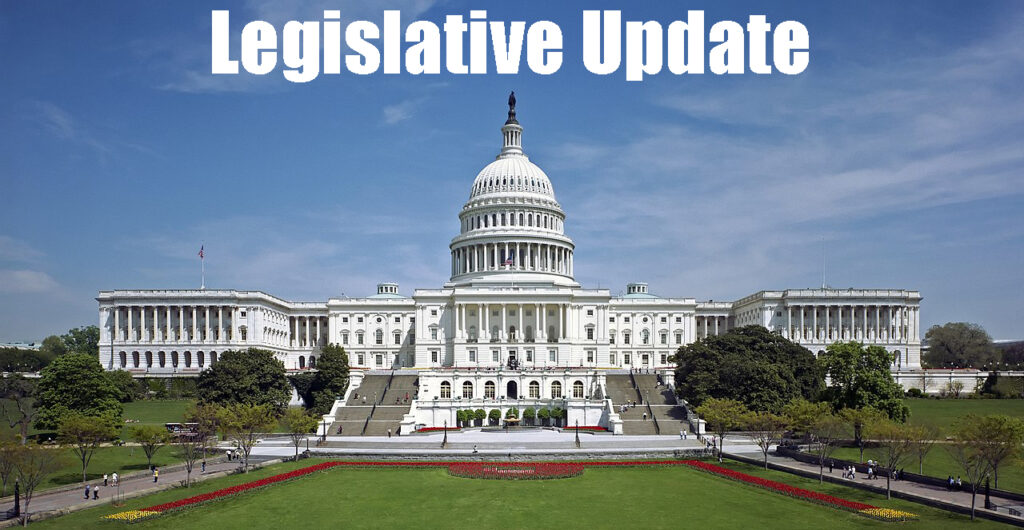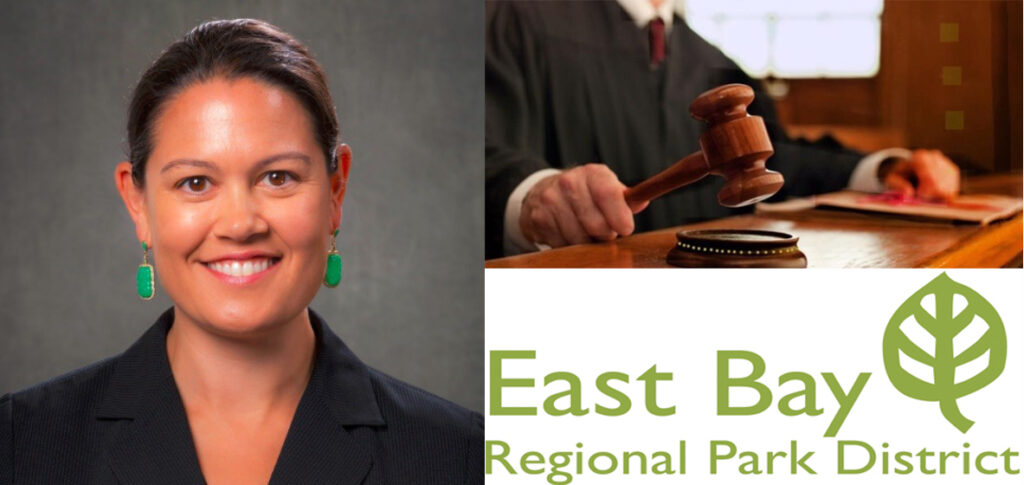Amtrak San Joaquins rebrands as Gold Runner
Thursday, November 13th, 2025
Marking new era for California passenger rail
By Ahdel Ahmed, Public Relations Manager, San Joaquin Joint Powers Authority
Stockton, CA – The San Joaquin Joint Powers Authority (SJJPA) is proud to introduce a new chapter in the history of California’s intercity passenger rail services with the rebrand from Amtrak San Joaquins to Gold Runner, effective November 3, 2025.
Gold Runner signals a bold new era for intercity passenger rail and bus service in California’s heartland, an identity that honors the past while moving confidently toward the future.
One of the founding goals of the Joint Powers Authority was to ensure local, dedicated management of the service, including control over marketing and brand direction. With continued investment from the State of California, SJJPA has been able to develop and implement strategies that elevate the service’s profile, strengthen ridership, and align messaging more closely with the communities it serves. The Gold Runner brand marks an important milestone in this mission, giving SJJPA the ability to steward the brand, one that reflects the Authority’s vision, values, and regional identity.
SJJPA has been proud to partner with Amtrak in managing and growing the service since 2015. The transition to the Gold Runner brand builds on this strong collaboration and shared commitment to passengers. Amtrak remains a critical partner, and together both organizations will continue to pursue co-branding opportunities that enhance connectivity and ensure a seamless, unified experience for riders across California.
“Gold Runner represents more than a new name, it’s a symbol of our commitment to our passengers and California’s communities,” said David Lipari, Interim Executive Director of the San Joaquin Joint Powers Authority. “This new identity captures the energy and optimism of our region while positioning us for the future of passenger rail and intercity bus service. It reflects the spirit of partnership, innovation, and service that defines everything we do.”
The Gold Runner identity is designed to align with SJJPA’s long-term expansion plans and California’s broader rail strategy, while fostering stronger connections with neighboring rail services. Just as important, it highlights what makes the system unique: an expansive Thruway Bus network that connects more than half of all riders to destinations across the state.
By uniting rail and bus service under a single, cohesive identity, SJJPA can more effectively communicate the full scope of mobility it provides, support future expansion, and deliver a clearer, more consistent experience for passengers. The Gold Runner name reflects both the heritage and momentum of the Central Valley, representing speed, connection, and California pride.
To celebrate this milestone, SJJPA will host a launch event on Friday, November 14, 2025, from 11:00 A.M. to 1:00 P.M. at the ACE Rail Maintenance Facility, located at 1020 E Alpine Avenue, Stockton, CA. The event will feature the unveiling of Gold Runner-branded trains and Thruway buses, remarks from transportation leaders, and a ribbon-cutting ceremony marking the beginning of this exciting new era for California’s passenger rail.
About the San Joaquin Joint Powers Authority (SJJPA)
Since July 2015, SJJPA has been responsible for the management and administration of Gold Runner, previously Amtrak San Joaquins. SJJPA is governed by Board Members representing each of the ten (10) Member Agencies along the 365-mile Gold Runner Corridor. For more information on SJJPA see www.sjjpa.com. Gold Runner is Amtrak’s 6th busiest route with 18 train stations throughout the Central Valley and Bay Area, providing a safe, comfortable and reliable way to travel throughout California. Gold Runner is currently running six daily round-trips. In addition to the train service, Gold Runner Thruway buses provide connecting service to 135 destinations in California and Nevada including Los Angeles, Santa Barbara, San Diego, Napa Valley, Las Vegas and Reno.








































